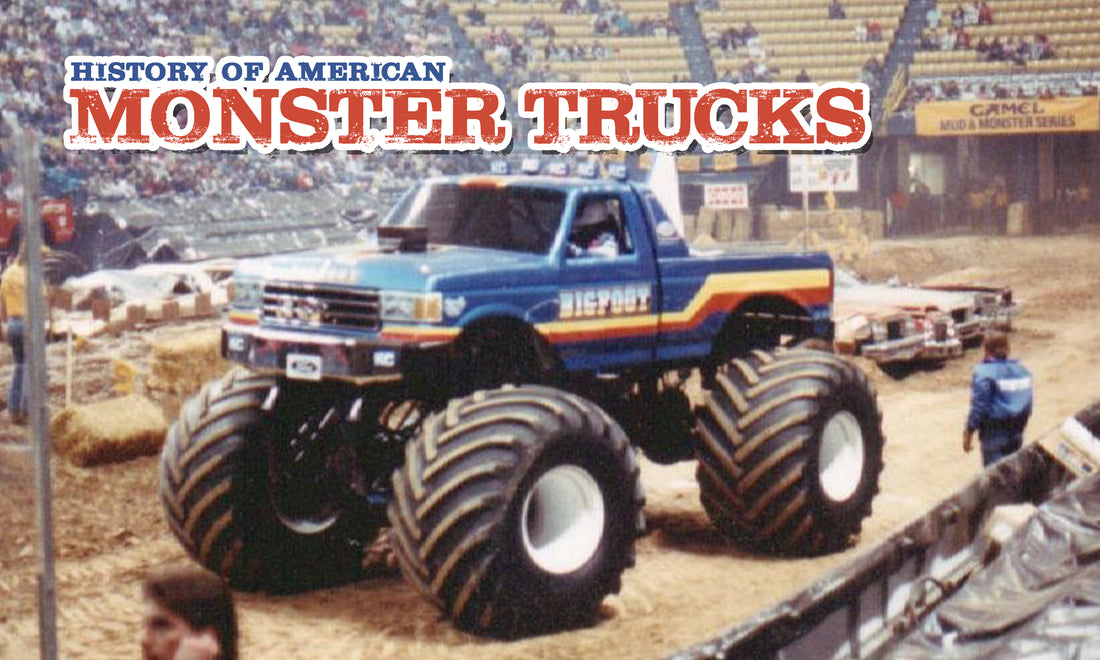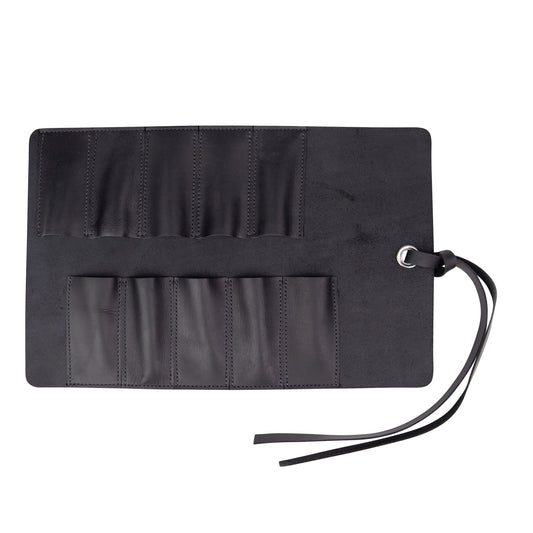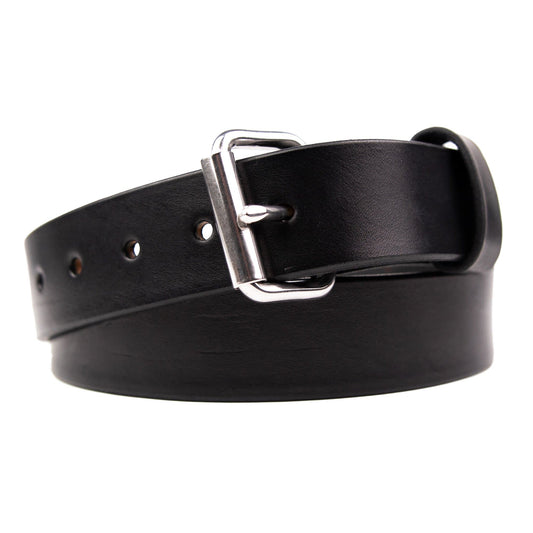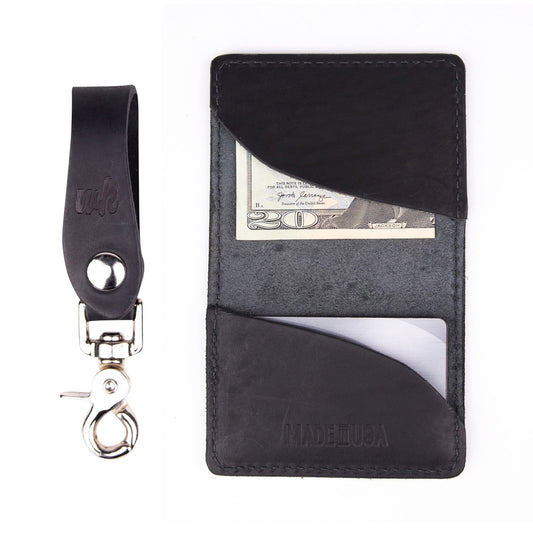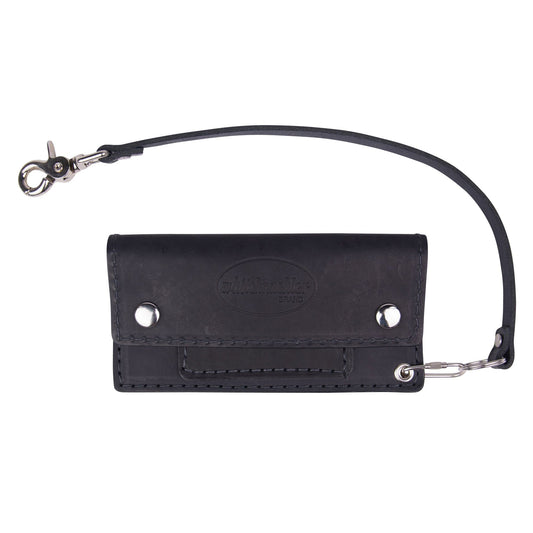People all over North America have searched for the elusive Big Foot for decades. They seek out his traces. They smell the ground he has tracked upon. They know he exists, and the world will never be the same once the general public recognizes its appearance.
Even those who may not appear to be believers hide their true feelings; everyone fears the wrath he is bound to unleash upon the world.
While many eccentrics over the years have made a hobby or way of life over the search for Big Foot, those who are into Monster Trucks know better than most that Big Foot has been discovered. He is coveted amongst Moster Truck aficionados worldwide.
While Big Foot might have been the beginning of American Moster Truck history, his origins have begotten many other trucks that have kept those who appreciate this automotive niche alive and kicking. There is no end in sight for these monster car crushers.
These big boy toys are not afraid to defy gravity or completely devour anything that crosses their path. That is precisely why so many people from different walks of life love attending Monster Truck shows today, close to 50 years after they decided to prove they were beyond a myth and drove onto the scene out of the shadows of American motorsports.
The 1970s: The Birth of the Monster

During the 1970s, amateur truck enthusiasts began to experiment with placing lift kits on their vehicles, enabling them to participate in mud bogging and things like tractor pulls. Eventually, as with many sports, the real competition came about with seeing whose truck was bigger.
Bob Chandler, the godfather of the Monster Truck, started out displaying his Ford F250 four-wheel drive bad boy a whopping 48” off the ground. His truck, Big Foot, is considered the original Monster Truck. All that followed had huge shoes (or tires) to fill.
The 1980s: Video Gave Birth to the Monster Truck Stars

In 1981, Chandler decided to videotape himself trampling over cars and other obstacles in his oversized truck. Once the tape made its way to the right promotor, the history of Monster Trucking was born, as the promotor felt that this would be the next big wave in motorsports entertainment.
In 1982, Big Foot took to the track at the Pontiac Superdome and crushed two weaker vehicles with its now 66” tires. This display of magnitude and power which took place in front of over 70,000 onlookers, gave way to the sport’s name, as the truck displayed nothing less than monstrous proportions and actions.
Making Monster Moves

When the sport originated, Monster Trucking was simply intended to display the trucks’ prowess by crushing cars. However, like all things involving longevity, the sport morphed, giving drivers and spectators even more of a thrill.
While Monster Trucks came on to the scene to open up tractor pulls and the like, they soon became the headliners themselves. In 1987, the US National Hot Rod Association (USNHRA) officially made Monster Truck races that incorporated car crushing along the track, and it became a sport that fans could call their own.
As no surprise to anyone who followed the sport from its inception, Bob Chandler was a primary contributor to creating and defining the rules and regulations drivers and participants in the sport would be required to follow for their safety.
The 1990s: How Dare You

Progressing and needing to give fans and drivers alike the ability to push the envelope even further, Monster Trucking rules changed slightly.
Freestyle competitions became very popular, as they allowed the driver to open up and act a fool. Drivers became modern-day daredevils, and the fans were there for it.
1995 brought the now legendary Monster Jam into existence. That contest was just one of the reasons over 1 million fans per year began flocking to Monster Truck shows and competitions across the country and beyond.
More “celebrity” trucks hit the stage during this time, and names like Grave Digger and Snake Bite were mentioned alongside the legendary Big Foot.
By the time Y2K hit, the USHRA had even created more categories for Monster Trucks and made more championship titles available.
The Cost to Feed the Monster

As technology improved and the sport progressed, it is not surprising the cost to maintain one of these beasts would be far from inexpensive. One tire can cost upwards of $2,000 for a Monster Truck. And those seem to be some of the less expensive parts needed to keep one of these beasts at peak performance.
One strut is also upwards of $2,000, and if the truck needs to have some work done on the paint job to keep it looking presentable, forget about it! Simple paint fixes can cost close to $10,000.
While all of this may seem excessive, it’s a small cost to keep a truck of that magnitude running at speeds of upwards of 100 mph. Even though they weigh in at a whopping 10-12,000 pounds, Monster Trucks have been known to catch 20 to 30 feet of air while traversing an impressive 120-130 feet of distance. Not bad for a scary creature.
Not All Monsters Do Monstrous Things: The History of the American Monster Truck

Since the 1970s, Monster Trucks have managed to amaze fans in many ways. From their ability to crush cars like a person might crush a bug to their fun freestyle moves to their ability to drive like a bat out of hell and almost fly across the stadium, Monster Truck fever is entirely justifiable.
Any time fans from the age of 2 to 102 can come together and bond while enjoying some good ole fashioned motorsport madness, no fault can be found.
Not all monsters do monstrous things, and nowhere is that quote more appropriate than when it comes to the sport of Monster Trucking.

